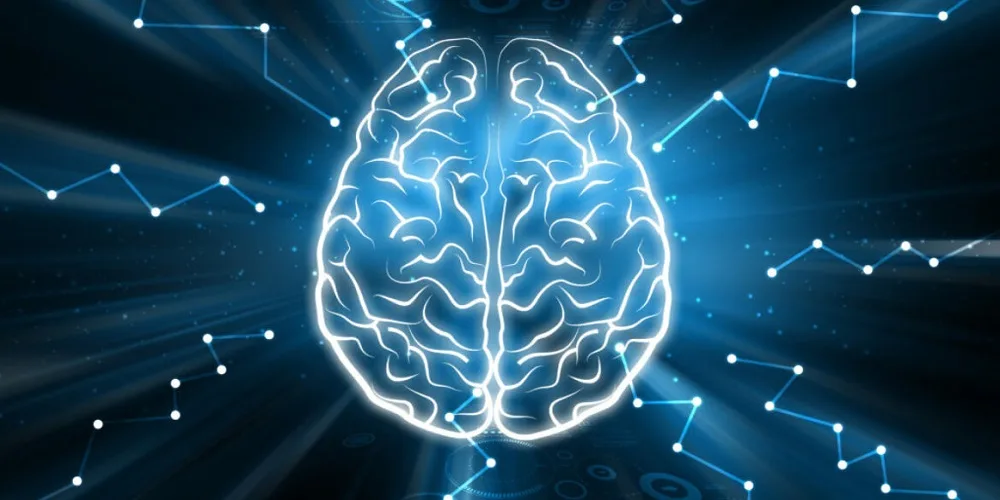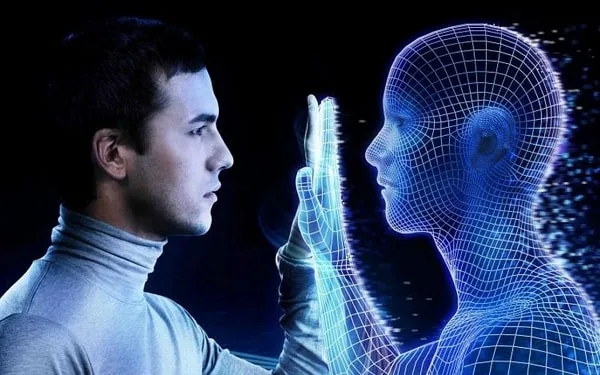The concept of immortality has fascinated humanity since time immemorial, manifesting in our myths, stories, and relentless pursuit of life extension. Today, the idea of achieving immortality through digital means is no longer relegated to the realm of science fiction. Digital immortality might offer a form of eternal life by preserving one’s consciousness, memories, or digital footprint indefinitely. But can technology truly grant us eternal life?
Digital immortality refers to the preservation of a person’s personality, memories, and consciousness in a digital format. This can range from simple social media profiles to complex AI-driven avatars that mimic a person’s way of speaking, thinking, and reacting. The goal is to create a digital entity that can interact with the living, offering a semblance of continuity of one’s presence beyond physical death.
The Digital Footprint
Each action, interaction, post, and like we perform online contributes to our digital footprint. This collection of data, knowingly or unknowingly left behind, paints a detailed picture of our preferences, personalities, and lives. Over time, these digital breadcrumbs form a basis for reconstructing aspects of our identities, potentially serving as the foundation for creating a digital version of oneself.
Technologies of Digital Immortality Available Now
Several technologies lay the groundwork for digital immortality today. Social media platforms keep our thoughts and interactions stored indefinitely, while cloud storage preserves our photos, videos, and documents. More advanced applications include chatbots trained on personal data to emulate a person’s communication style and virtual avatars that replicate a person’s physical appearance and expressions. Projects like Nectome aim to preserve the brain’s connectome, hoping future technology can revive consciousness from these maps.

Challenges with Digital Copies of the Deceased
Creating digital copies of the deceased raises numerous ethical, psychological, and technical challenges. Ethically, questions about consent, privacy, and the accuracy of representation arise. Psychologically, the impact of interacting with digital remnants of the deceased on the grieving process is still largely unknown. Technically, ensuring the long-term preservation and accuracy of digital identities poses significant hurdles, especially as technology evolves.
The Future of Digital Immortality
Looking forward, the prospect of digital immortality opens up fascinating possibilities and dilemmas. On one hand, it promises a way to keep our loved ones’ memories alive, offering comfort and a sense of continuity. On the other, it forces us to confront our notions of identity, existence, and what it means to be truly alive. Future advancements in AI, machine learning, and neuroscience might one day make it possible to create more accurate and interactive digital personas, blurring the lines between the digital and the physical selves even further.
However, the ethical and psychological implications of such technology will need to be addressed. Will digital immortality be accessible to all, or only to those who can afford it? How will societies adapt to the presence of digital entities of the deceased? And importantly, how will it affect our understanding of life and death?
Digital immortality offers a tantalizing glimpse into a future where death may not be the end of our story. As technology advances, the possibility of preserving our essence in a digital format becomes increasingly plausible. Yet, with these advancements come profound questions about the nature of identity, the ethics of eternal digital life, and how we choose to remember and honor those who have passed. The journey towards digital immortality is as much about technological innovation as it is about exploring the depths of human values and aspirations.

